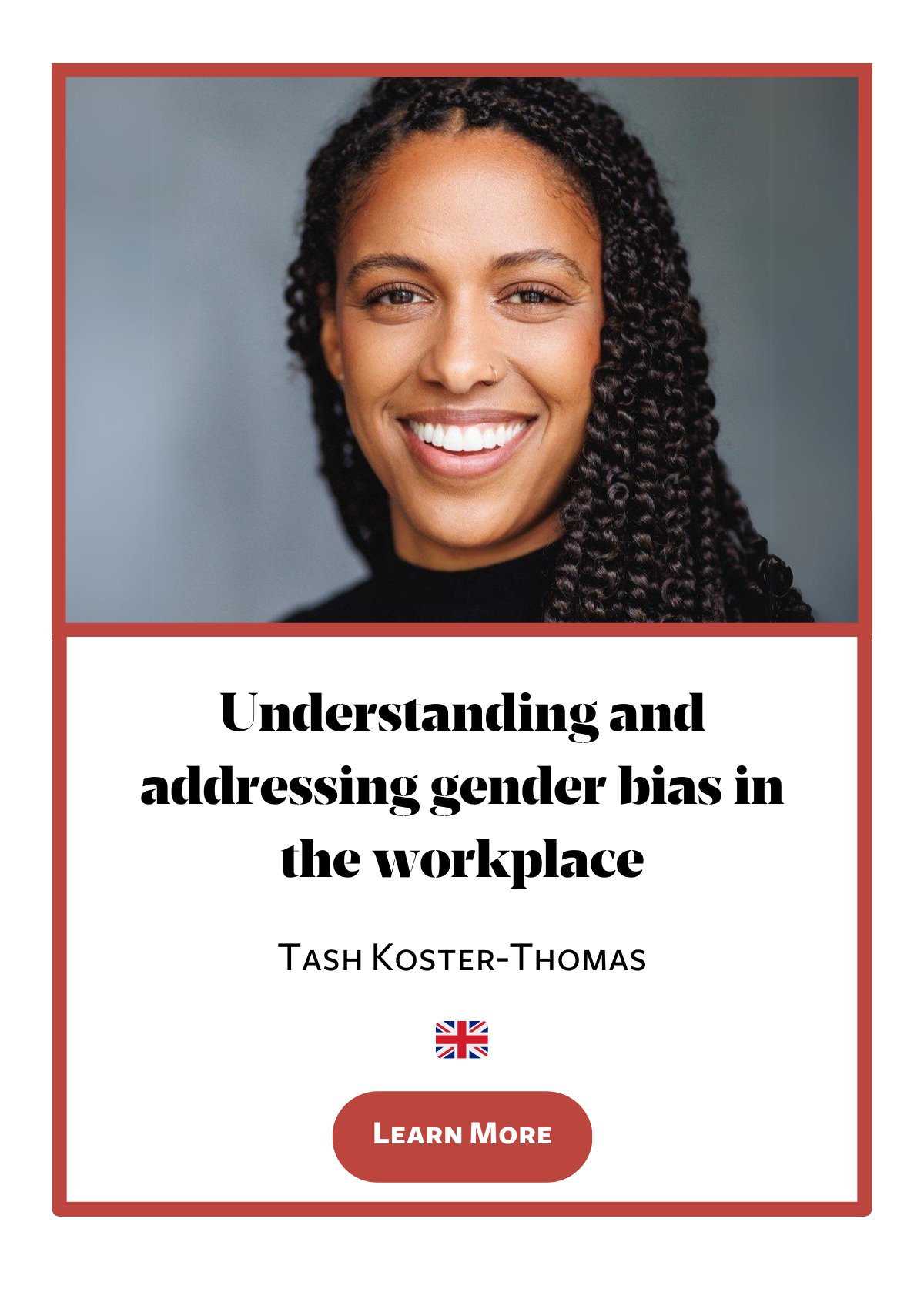Preventing sexism in the workplace
Preventing sexism in the workplace
Gender Equality Sexism Legal Work environment Best practices
Léonie Broquedis-Gouix
Léonie Broquedis-Gouix is a trainer and consultant. Thanks to her theoretical expertise and her deep knowledge of sexist and sexual violence in the workplace, she addresses these issues in a concrete and understandable way.
Three in five women (58%) say they have been sexually harassed, bullied or verbally abused at work. Even half of women (52%) aged 18-34 say they have been harassed by a third party at work (TUC, 2023). Yet for a long time, sexism was considered a form of humor and sexual harassment a "private matter" that should not concern the company. Since then, figures and testimonies have raised awareness of the extent of this violence, and employers have been reminded of their legal obligations.
This conference will help you:
Define gender-based violence and discrimination
Recognize the unique personal impact and harm that such situations create for victims and survivors
Recognize inappropriate behaviors in typical work experiences
Recognize / explain what consent means and what it looks like in a work environment
Recognize grey areas that might need to be discussed as well as common stereotypes and comments that could be harmful
Remember how to act if we see something that shouldn't happen (bystander), how to interact and support the victim afterwards
Ensuring everyone can act as an ally, to promote a healthy work environment by modeling respectful behaviors
Identify how to report inappropriate behaviors or situations
To sum up, you will learn to distinguish different forms of sexist behaviors and sexual violence in the workplace thanks to concrete examples. You will also gain an understanding of good practices when you are a witness or a confidant of a victim.




















